If you love adventure and want to explore the ocean, India has some incredible places to go shark diving. From the clear blue waters near the Andaman Islands to the colorful coral reefs around the Lakshadweep islands, the coastline of India provides amazing opportunities to see sharks up close in their natural homes.
Imagine yourself gliding through the deep sea, surrounded by rows of bright fish, when suddenly a massive shark appears in front of you-an incredible beast that dominates the oceans. Whether you want to have an exciting interaction with the powerful tiger shark or a peaceful meeting with the gentle whale shark, India’s diverse marine environments offer thrilling adventures for every daring explorer.
Get your diving gear ready, because we’re going on an extraordinary journey to explore India’s best shark diving spots with our ultimate trip planner. Here, we’ll explore the secrets of these iconic creatures and the breathtaking underwater worlds they inhabit. Get ready to be amazed by the raw strength and beauty of nature at its wildest.
Swaraj Dweep in the Andaman Islands:
Sharks to see: Whitetip reef sharks, Eagle rays, Modula rays, and Manta rays
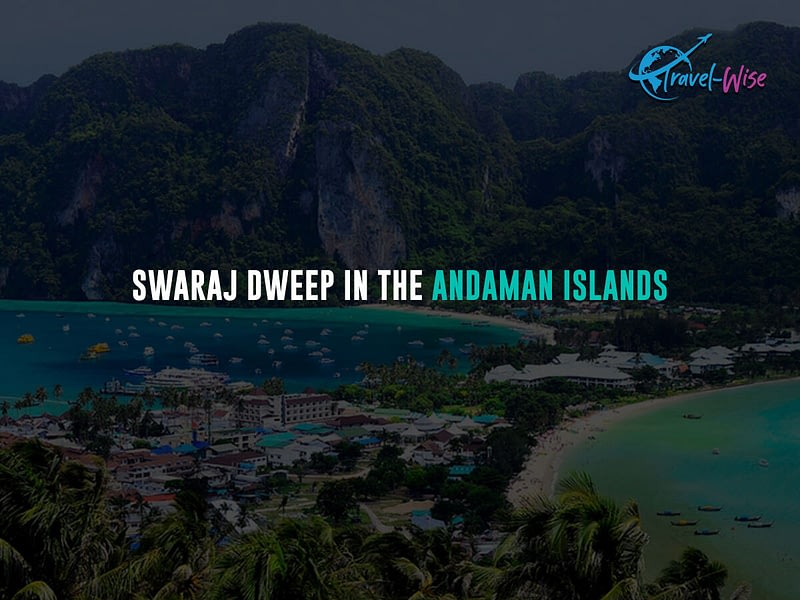
- Diving conditions and visibility: The visibility around Swaraj Dweep in the Andaman Islands is generally moderate to good, ranging from 10 to 20 meters. The water temperatures are cooler, averaging between 22°C and 28°C, similar to other parts of the Andaman Islands.
- Recommended dive sites or operators: Some of the best dive sites around Swaraj Dweep include the Western Reef, the Eastern Reef, and the Jolly Buoy shipwreck. Local operators like Dive India, Barefoot Scuba, and Laccadives offer guided shark diving tours and dive packages for Swaraj Dweep.
- Best time to visit: The ideal time to visit Swaraj Dweep for shark diving is between November and May, when the weather conditions are favorable, and the waters are calmer, providing better visibility and safer diving conditions.
Hotels to stay in Swaraj Dweep
There are a variety of accommodations in Swaraj Dweep to suit different budgets and tastes. Here are two examples of mid-range and luxury hotels in Swaraj Dweep.
- Luxury
Sea Shell Resort & Spa is a 5-star resort with a beachfront location, a pool, a spa, a gym, and dining options. It is close to Radhanagar Beach, one of Asia’s best beaches—a standard room costs around USD 100 per night. - Mid-range
Hotel Anish is a cozy hotel with a terrace, a restaurant, and room service. It is in Govind Nagar, near the lively Vijay Nagar Beach—a standard room costs around USD 20 per night.
Kadmat Islands in the Lakshadweep Islands:
Sharks to see: Fantail rays, white tip reef sharks, eagle rays, stingrays
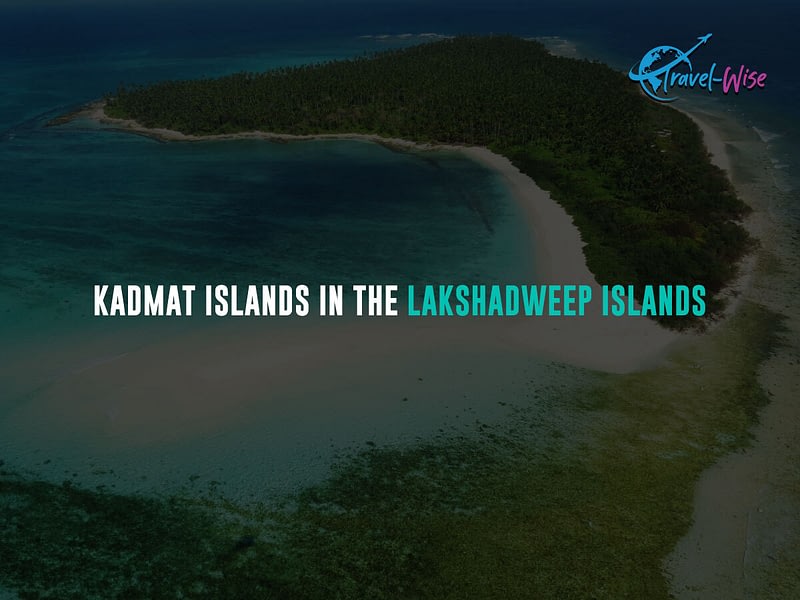
- Diving conditions and visibility: Popularly known as the “Cardamom Islands,” the waters around the Kadmat Islands are renowned for their exceptional clarity and visibility, often reaching up to 30 meters or more. The warm tropical temperatures, ranging from 25°C to 30°C, make for comfortable diving conditions.
- Recommended dive sites or operators: Bangaram Island and Kadmat Island itself offer some of the best dive sites in the Lakshadweep archipelago. Local operators like Lacadives and Blue Ocean Dive can provide guided tours and ensure a safe and responsible diving experience.
- Best time to visit: The ideal time to visit the Kadmat Islands for shark diving is between January and May, when the waters are calm and visibility is at its peak. Here is an itinerary for Kadmat Island.
Hotels to stay in Kadmat Islands
Kadmat Beach Resort offers a comfortable beachfront location and is ideal for a mid-range stay. Its average lodging starts at around $100 per night. On the contrary, a 4-star luxury hotel called Agatti Island Beach Resort is on Lakshadweep Island. It offers a more luxurious experience with extensive amenities and activities, while luxury options start at around $200 per night.
Corruption Rock in the Andaman Islands:
Sharks to see: Eagle rays, Dolphins
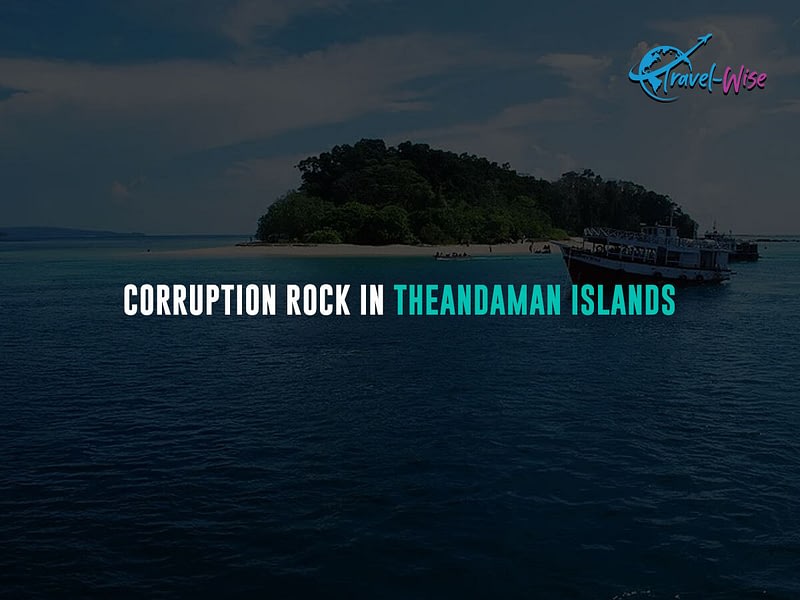
- Diving conditions and visibility: While the visibility can vary depending on the season, it is generally considered moderate to good, ranging from 10 to 25 meters. The water temperatures in the Andaman Islands are cooler compared to other destinations, averaging between 22°C and 28°C.
- Recommended dive sites or operators: Corruption Rock, located off the coast of Havelock Island, is one of the most popular dive sites in the Andaman Islands. Local operators like Dive India and Barefoot Scuba offer guided tours and dive packages.
- Best time to visit: The best time to visit the Andaman Islands for shark diving is between November and May, when the waters are calm and the visibility is at its best. If you are planning to visit Corruption Rock, make sure to check this itinerary for better ease.
Hotels to Stay in Corruption Rock in the Andaman Islands
Corruption Rock is a remote and rugged Island with no hotels on its shores. But you can still find nearby accommodations catering to different tastes and budgets. Here are some options:
- Luxury
Seashell Samssara. This is a 5-star resort that boasts a beachfront location, a large pool, a spa, a gym, and several dining options. It is located on Laxmanpur Beach, Neil Island, about 0.4 miles from Corruption Rock. The price per night for a standard room is about USD 200. - Mid-range
Blue Lagoon Resort is a cozy and affordable resort on the Andaman Islands. It has many facilities and services to make your stay comfortable and enjoyable. The rates for a king room with a balcony or a deluxe double room with a balcony are between $40 and $50 per night. Blue Lagoon Resort is a great place to relax and have a memorable vacation.
Coral Sharks Reef in Pondicherry:
Sharks to see: blacktip, whitetip, and grey reef sharks
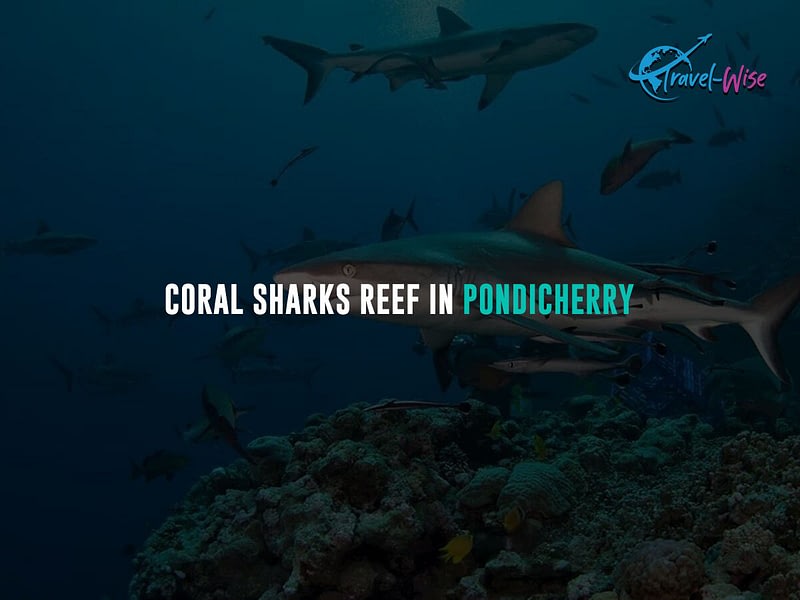
- Diving conditions and visibility: While not as exceptional as some other destinations, the visibility in Pondicherry,India is generally decent, ranging from 5 to 15 meters. The water temperatures are warm, averaging between 25°C and 30°C.
- Recommended dive sites or operators: Coral Sharks Reef and Auroville Reef are two popular dive sites in Pondicherry. Local operators like Temple Adventures and Scuba Junkie offer guided shark diving tours and ensure safety protocols are followed.
- Best time to visit: The best time to visit Pondicherry for shark diving is between October and May, when the weather is favorable and the waters are calmer.If you are planning to visit make sure to follow this itinerary.
Hotels to stay in Coral Sharks Reef in Pondicherry
There are no hotels on Coral Sharks Reef itself, but some hotels nearby suit your preferences and budget.
- Luxury
There’s a 5-star resort called Radisson Resort Pondicherry Bay with a beachfront location, pool, spa, gym, and many dining options. It is on the outskirts of Pondicherry, about 10 km from Coral Sharks Reef. The price per night for a standard room is about USD 133. - Mid-range
Treebo Trend B Coral. This is a 3-star hotel that offers comfortable rooms, free Wi-Fi, complimentary breakfast, and a restaurant. It is located in Pondicherry, about 5 km from Coral Sharks Reef. The price per night for a standard room is about USD 20.
Netrani Island in Karnataka:
Sharks to see: Manta rays
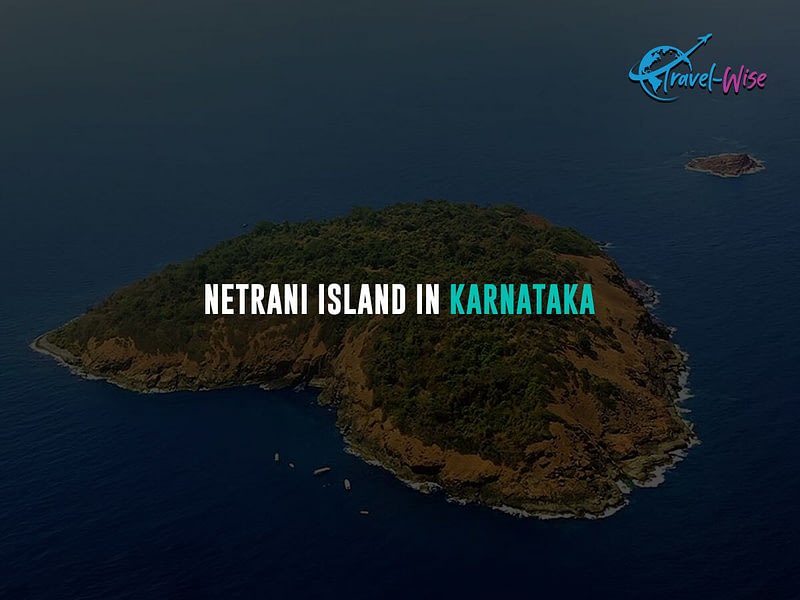
- Diving conditions and visibility: The visibility around Netrani Island is generally average, ranging from 5 to 15 meters. The water temperatures are warm, averaging between 25°C and 30°C.
- Recommended dive sites or operators: Netrani Island itself and Murudeshwar are the two main dive sites in the area. Local operators like Temple Adventures and Sea Water Sports offer guided shark diving tours.
- Best time to visit: The best time to visit Netrani Island for shark diving is between October and May, when the weather conditions are favorable and the waters are calm. This customized itinerary can help you discover Netrani Island.
Hotels to stay in Karnataka
Karnataka has hotels for different budgets and needs. You can choose a mid-range or a luxury hotel that you like. Here are some hotels in Karnataka to consider:
- Luxury
The Oberoi Bengaluru is a 5-star hotel with beautiful gardens and raintrees. It has a spa, a gym, a sea-view restaurant, and big rooms with balconies and modern amenities. It is on Mahatma Gandhi Road in Bangalore. A standard room costs around USD 127 per night. - Mid-range
Hotel Kaka is a cozy hotel with a terrace, a restaurant, and room service. It is in Bangalore, a city known for IT and business. A standard room costs around USD 40 per night.
Dwaraka in Gujarat:
Sharks to see: Whale sharks, Stingrays
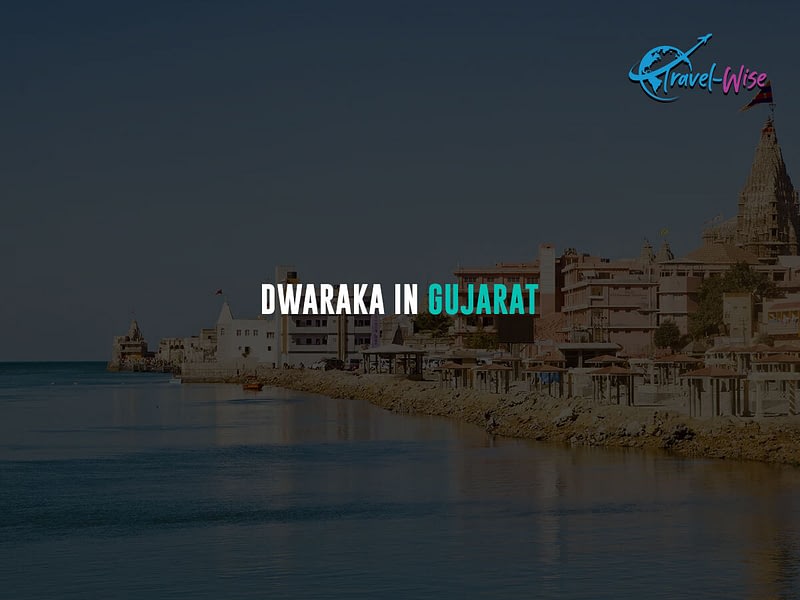
- Diving conditions and visibility: The visibility in Dwaraka can be moderate, ranging from 10 to 20 meters. The water temperatures are cooler compared to other destinations, averaging between 20°C and 25°C.
- Recommended dive sites or operators: Dwaraka and Okha are the two main dive sites in the area. Local operators like Gujarat Tourism and Diving Dwaraka offer guided shark diving tours.
- Best time to visit: The best time to visit Dwarka in Gujarat for shark diving is between October and April, when the weather conditions are favorable and the waters are calmer. Check out this itinerary if you’re planning a trip to Dwarka.
Hotels to stay in Dwaraka in Gujarat
Dwarka has many hotels for different budgets and tastes. Here are a mid-range and a luxury hotel in Dwarka:
- Luxury
VITS Devbhumi Hotel is a 5-star hotel near the temple and the bridge. It has pleasant rooms with AC, Wi-Fi, minibars, tea/coffee makers, and bathrooms with bathtubs. It also has a pool, a spa, a gym, a restaurant, and a bar. A deluxe double room costs $50 per night. - Mid-range
Hotel Vraj Inn is a 3-star hotel near the temple and the river. It has big rooms with AC, Wi-Fi, TVs, and bathrooms. It also has a restaurant, a terrace, a desk, and parking. A double room costs $28 per night.
Grand Island in Goa:
Sharks to see: Whitetip reef sharks
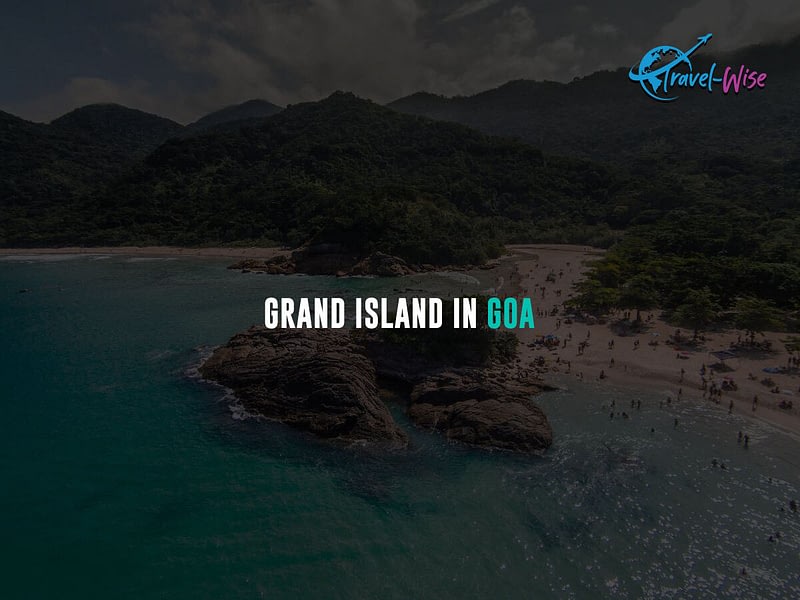
- Diving conditions and visibility: The visibility around Grand Island is generally good, ranging from 10 to 25 meters. The water temperatures are warm, averaging between 25°C and 30°C.
- Recommended dive sites or operators: Grand Island and Suzy’s Wreck are two popular dive sites in Goa. Local operators like Goa Diving and Scuba Goa offer guided shark diving tours and ensure safety protocols are followed.
- Best time to visit: The best time to visit Grand Island in Goa for shark diving is between October and May, when the weather conditions are favorable and the waters are calm. If you don’t know where to start, check out this itinerary for ease.
Hotels to stay in Grand Island
Grand Island, Goa, is a popular destination for adventure sports, boat tours, and scuba diving. With many hotels and resorts. Here are two great options for mid-range and luxury travelers.
- luxury
Grand Hyatt Goa hotel in Bambolim has a beachfront location, a casino, a spa, a gym, and dining options. It is about 3.2 miles from Grand Island, Goa. USD 200 per night for a standard room. - mid-range
The International Centre Goa is a hotel in Dona Paula with rooms, conference facilities, a library, a pool, and a restaurant. About 4.6 miles from Grand Island, Goa. USD 40 per night for a standard room.
Species of Sharks You Will Find While Diving in India:
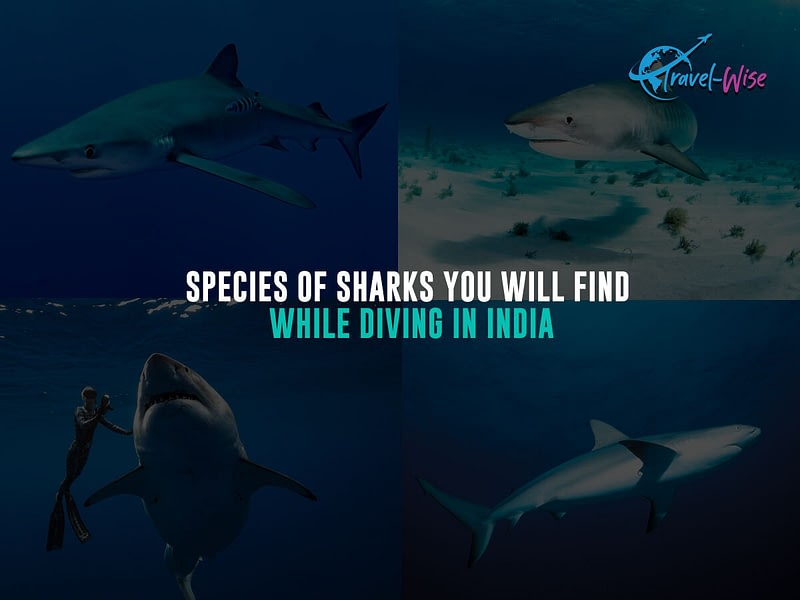
Scientists and marine enthusiasts alike are fascinated by the diverse shark species in the Indian Ocean. These sharks are top predators in the ocean, and it suited their behavior and characteristics to their environment and food sources. Below are some species you can find in the Indian Ocean.
Pondicherry Shark:
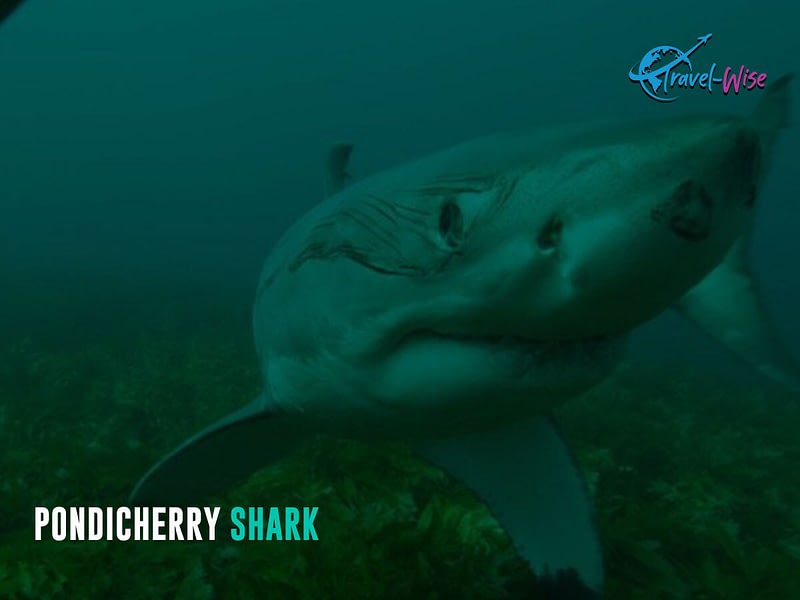
Pondicherry Shark Also known as the Goa Shark, this small species is found only in the coastal waters of India. Growing up to about 1 meter in length, the Pondicherry sharks, critically endangered by the IUCN, are looked after by the Global Wildlife Conservation’s Search for Lost Species program for their unique beauty and conservation.
Grey Reef Shark:
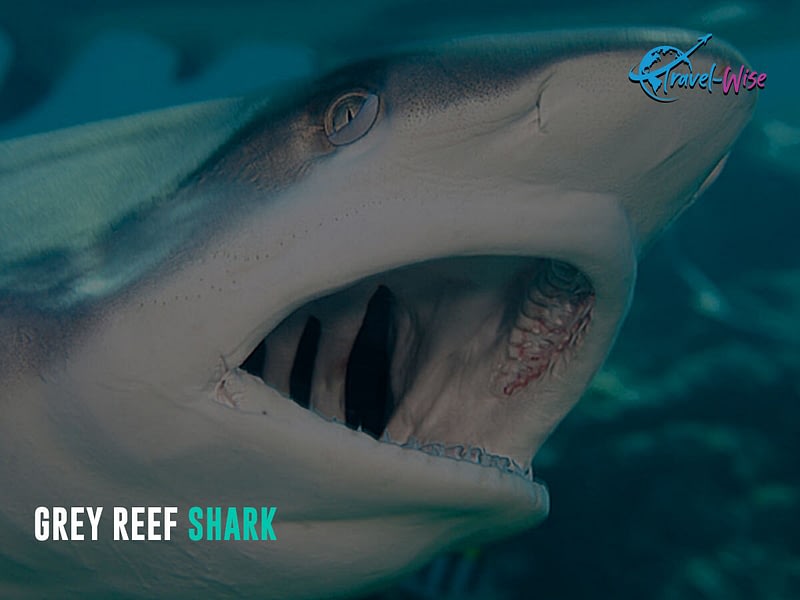
One of the most commonly encountered shark species during dives in Indian waters. Grey Reef sharks can grow up to 2 meters in length and are known for their sleek, streamlined bodies and pointed snouts. They are often spotted patrolling the coral reefs in search of prey.
Whitetip Reef Sharks:
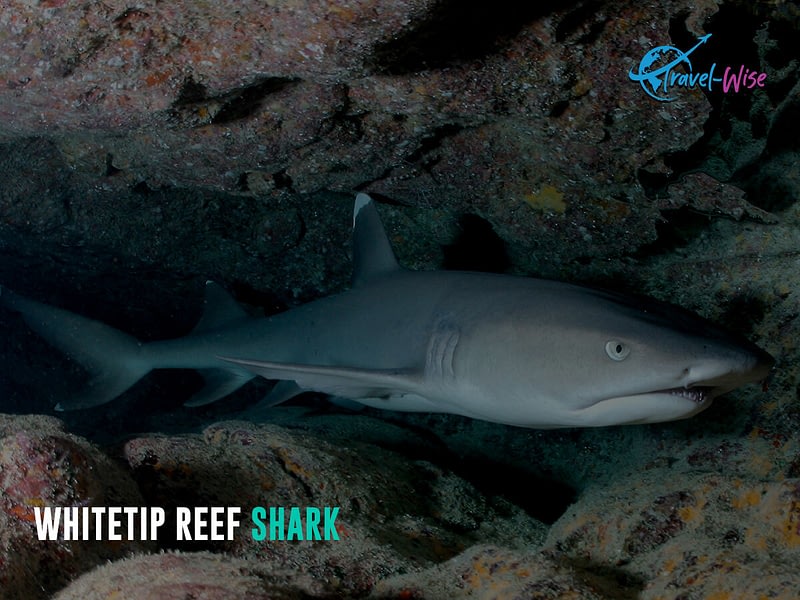
Another common sight during shark dives in India. These sharks are characterized by their white-tipped fins and can grow up to 2 meters in length. Whitetip Reef Sharks are typically found in shallow waters around coral reefs and are known for their curious nature.
Manta Rays:
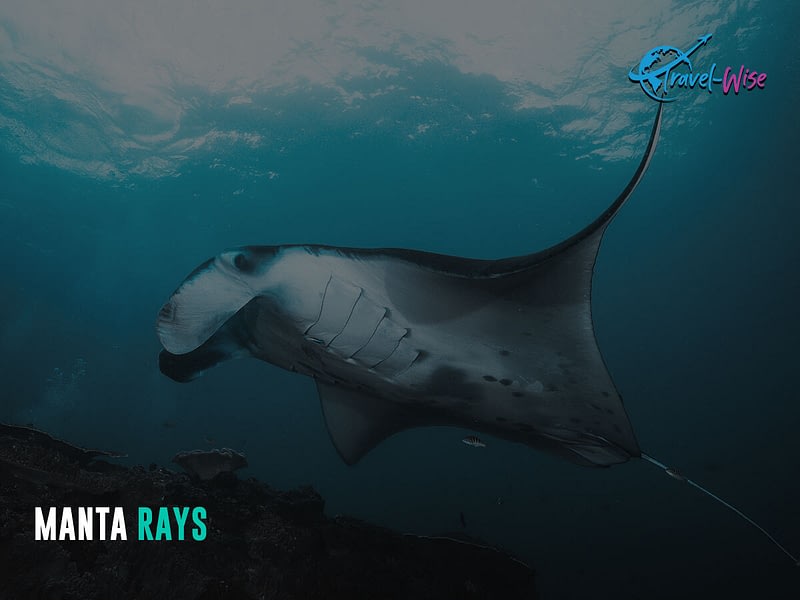
In the Indian Ocean, you can find two primary manta rays: the reef manta ray (Mobula alfredi) and the giant manta ray (Mobula birostris). These massive and graceful creatures can have a wingspan of up to 7 meters and are known for their gentle nature. They are often seen gliding through the water, feeding on plankton.
Eagle Rays:
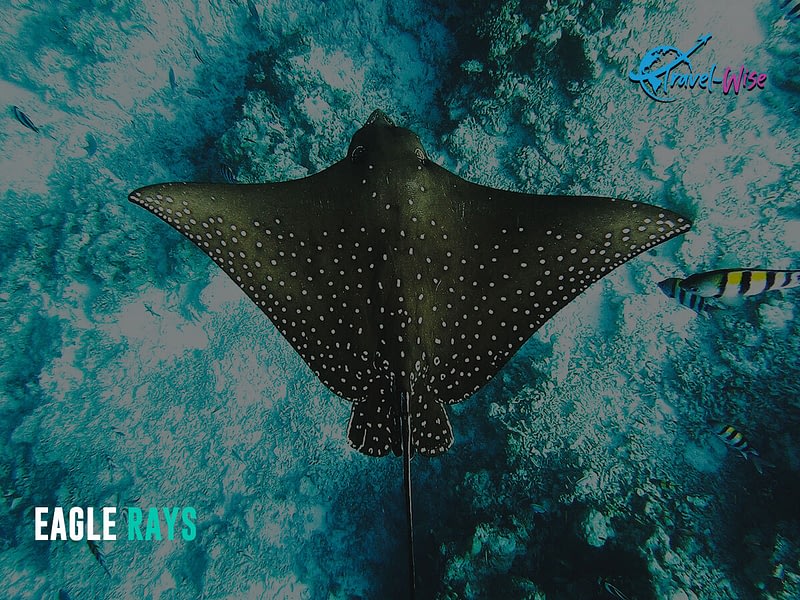
With their distinctive flat, kite-like bodies and long tails, eagle rays are another popular sight during dives in Indian waters. They are known for their acrobatic leaps and can grow up to 3 meters in width.
Fantail Rays:
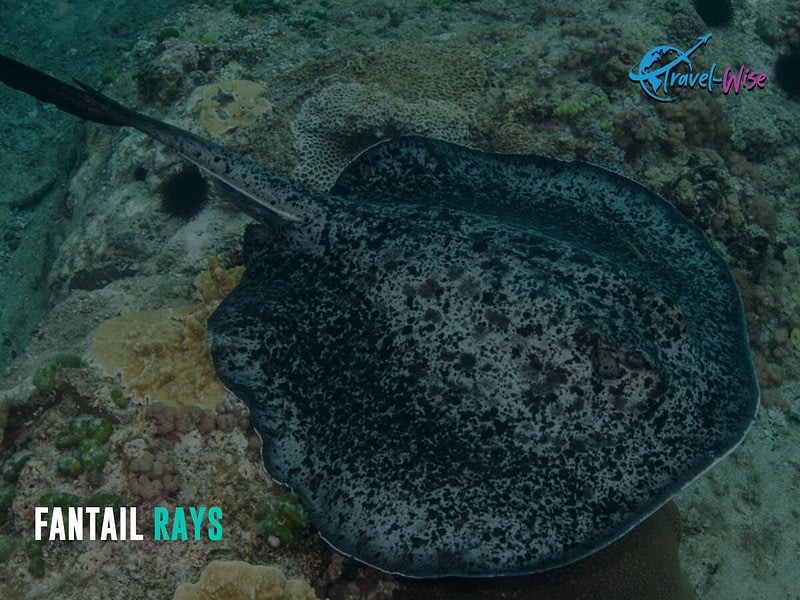
These unique rays are characterized by their distinctive “fantail” shape and are found in the waters around India. They are generally small in size, growing up to about 1 meter in width, and are known for their graceful swimming movements.
Mobula Rays:
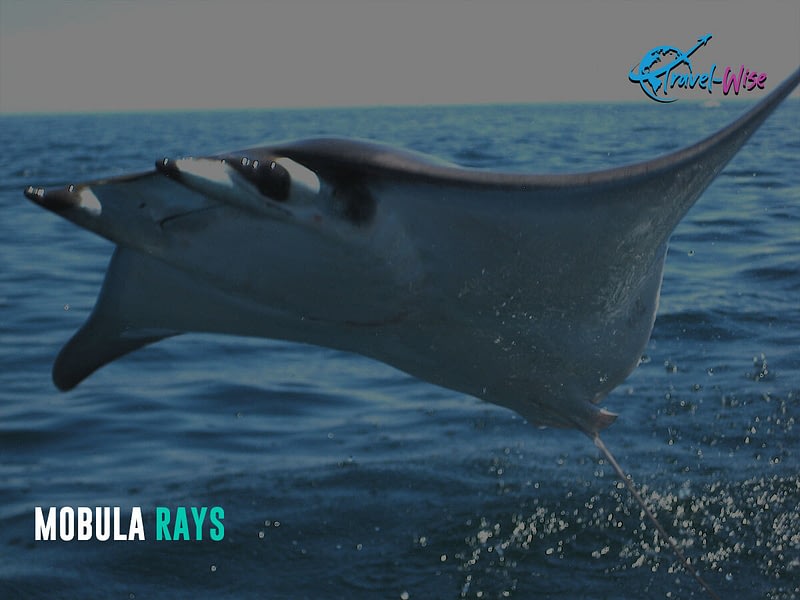
Also known as devil rays, mobula rays are known for their large, wing-like fins and can grow up to 5 meters in width. They are often seen leaping out of the water in acrobatic displays and can be encountered during dives around some parts of India.
Preparing for Shark Diving in India:
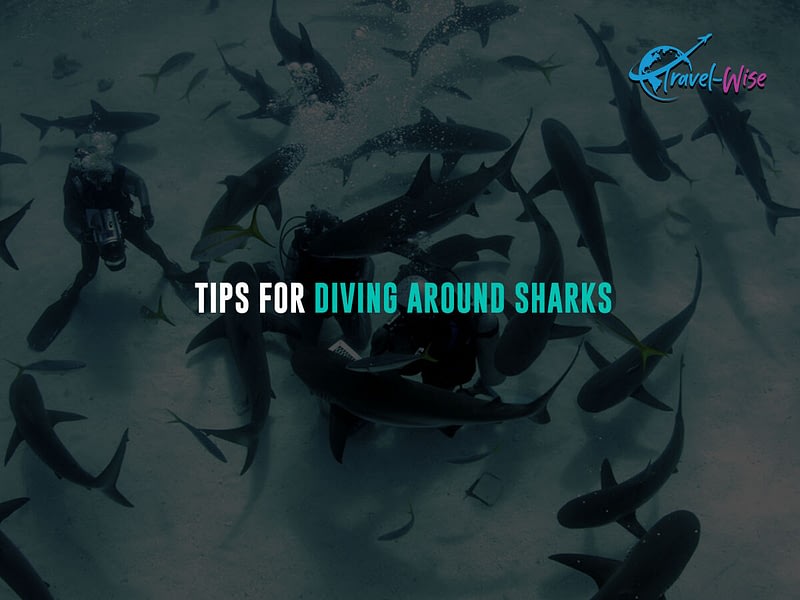
Safety precautions and gear requirements:
- Always dive with a reputable and experienced dive operator who follows strict safety protocols.
- Wear a full-body wetsuit or rash guard to protect against potential abrasions or injuries.
- Carry a dive computer, surface marker buoy, and other essential diving gear to monitor depth, time, and alert surface support.
- Ensure your gear is in proper working condition and inspected before each dive.
- Avoid wearing shiny jewelry or accessories that may attract sharks.
- Never touch or harass the sharks, and maintain a respectful distance.
- Sharks use signals and behaviors to communicate mood and intentions, but not all are dangerous; bull sharks, ocean whitetips, and tiger sharks require close attention for assertive behavior.
Certifications or experience needed:
- It is recommended to have an Open Water Diver certification, or equivalent, from a recognized diving organization like PADI or SSI.
- Advanced Open Water Diver or specialty certifications, such as Drift Diver or Deep Diver, can provide additional skills and knowledge for more challenging dive conditions.
- Prior experience with drift diving or diving in strong currents is beneficial for certain shark diving sites in India.
- Beginner divers should consider starting with shark dives in more controlled environments or with professional in-water guides.
Tips for responsible and ethical shark diving:
- Choose dive operators who prioritize conservation and follow sustainable shark diving practices.
- Avoid participating in any activities that involve baiting or chumming, as it can alter natural shark behavior.
- Never feed or touch the sharks, as this can lead to them associating humans with food, potentially increasing the risk of shark attacks.
- Be mindful of your surroundings and avoid disturbing the sharks’ natural habitat or harassing them in any way.
- Support local conservation efforts and organizations dedicated to protecting shark populations.
- Leave no trace behind and practice responsible diving practices to minimize your impact on the marine environment.
Conclusion
Do you want to experience the ultimate thrill of shark diving in India? Travel-Wise is more than a guide – it’s your travel companion. With our trip planner, you can easily plan your India diving adventure. You can also see the community itineraries created by fellow travelers for India and other amazing places.
Explore the India’s incredible underwater world with Travel-Wise. Join our community and discover other travelers’ best dive sites and destinations. See the beauty and diversity of India’s marine life, including sharks. Our team will help you have an unforgettable diving experience regardless of your skill level.

